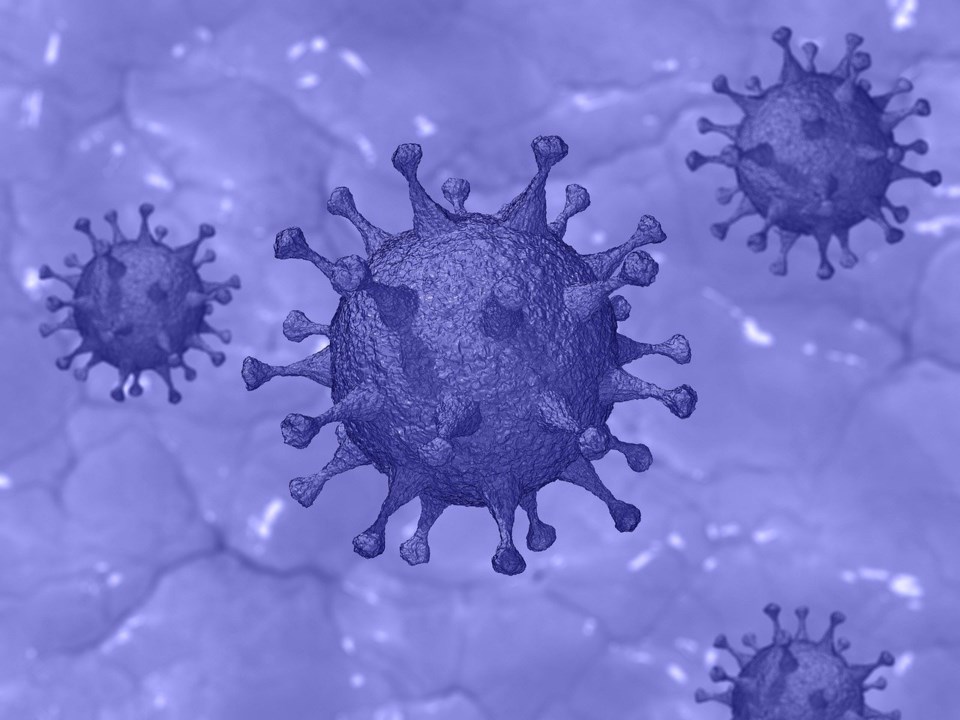The province’s chief medical health officer is encouraging Saskatchewan residents to practice social distancing to deal with COVID-19.
“If you're sick, stay home. If you're out and about, avoid a lot of contact, wash your hands often,” said Dr. Saqib Shahab at a press conference held March 11.
“You want to minimize close contact or hand-to-hand contact.”
The doctor encouraged people to avoid handshakes, hugs and kisses, as well as encouraged them to not visit long-term care facilities or crowded locations when they are feeling under the weather.
As of the press conference, the province has tested 204 people, with 202 confirmed as negative. The final two results were pending. As of March 12, the province announced a presumptive case of COVID-19, a Saskatoon man in his 60s that travelled to Egypt. The man has been self-isolating at home.
Shahab recommended that people who have been travelling or returned from a big conference anywhere in Canada should go to work, but they should be monitoring themselves for symptoms for two weeks and take their temperature twice a day.
“If you get fever, cough, any symptoms, self-isolate. Don't go to school, work, call the HealthLine [at 811] and then you will be assessed for further testing,” he said March 11. “That is the best way to for the time being to make sure that if we do get a case – which we will ultimately – we will have minimized any contacts with others and hopefully people will recover, for the most part, at home.”
Shahab also gave recommendations for school-aged children.
“The guidelines are that if a child is sick, even if they haven't traveled, don't go to school. If a child has traveled somewhere, anywhere in the world, gets a fever, cough, stay at home.”
He said that when a child has come back from travels and suddenly becomes sick at school, there’s no need to panic. The protocol is to give the child considerable room and then get them home where testing can be done. He added that chances are that it's going to be another respiratory illness, not COVID-19, but doing that would present a minimal risk of transmission to other students if it ended up being the novel coronavirus.
Shahab said if there’s a lot of cases of COVID-19 in one particular community, closing schools could be an option, but he noted that closing a school tends to mean that children will congregate somewhere else.
As for health workers treating the disease, Shahab said a recent study from Singapore showed that when proper personal protective equipment was used and protocols were followed, that there was no transmission between healthcare workers.
John Ash, an executive director with the Saskatchewan Health Authority, said they are making plans to deal with COVID-19.
“There has been ongoing work around securing the necessary stock for because we've seen an increased use of masks and so on and so forth,” he said. “In order to stay ahead of that curve, we are actively looking at improving the robustness of our supply chain so that we can meet the needs of not only the patients, but the staff that are caring for those patients.”
Shahab said that it’s important to practice social distancing because COVID-19 is going to continue for months, until it either goes away or becomes a routine thing like influenza.
“Ultimately, if most of us are going to get exposed, we want all of us to get exposed over a year or two years,” he said. “We don't want all of us to get exposed within one to two months.”
If infection is spread out over a longer period, then the health system will be able to better deal with the virus. If it’s confined to a short period, then there’s a risk the health system will be overwhelmed.




